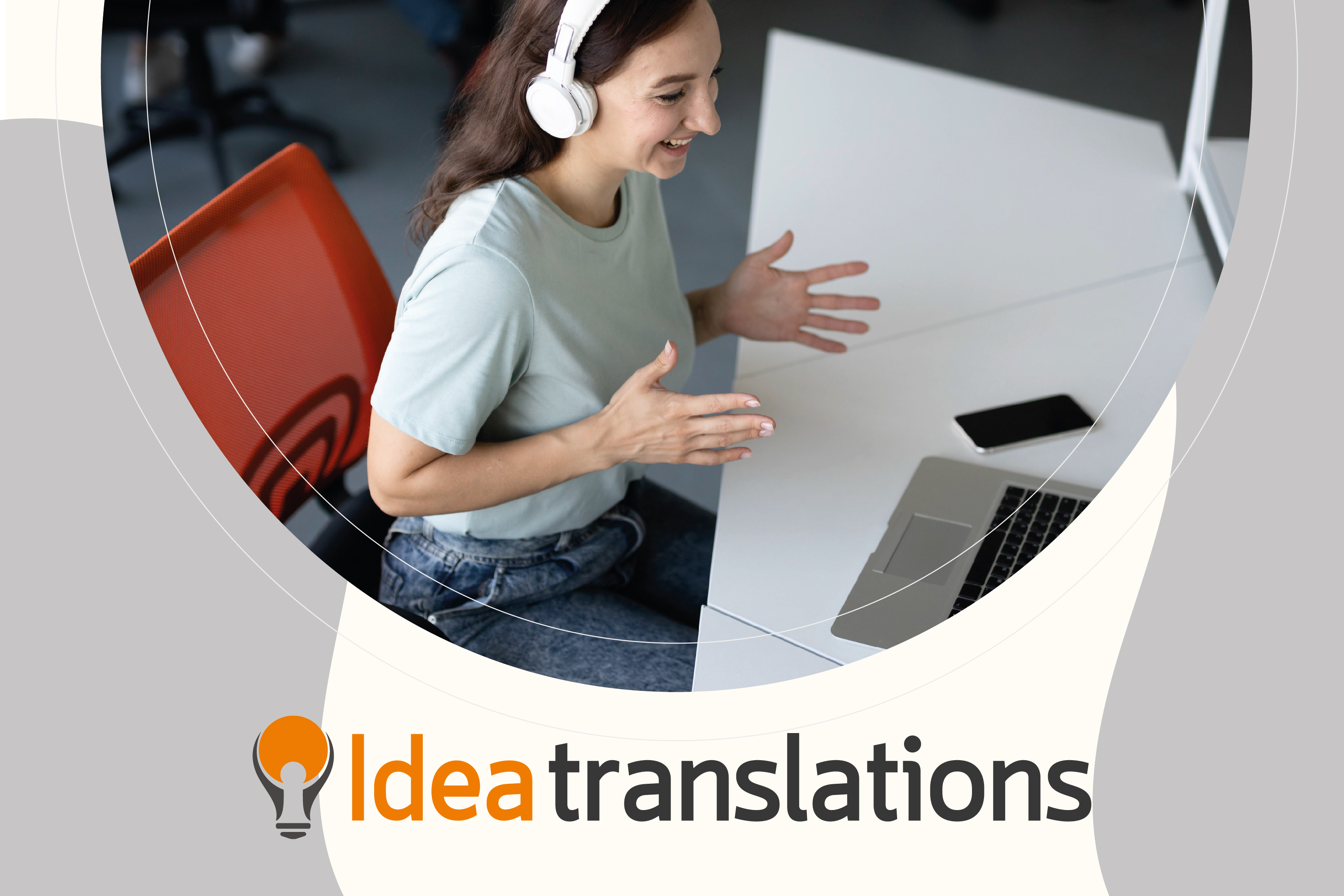
A Guide to Ensuring Cultural Sensitivity and Accuracy in e-Learning Translation
With the exponential popularity of eLearning, it is more important than ever to provide accurate and culturally appropriate content to learners around the world. However, translating online courses can be a daunting task.
In this blog post, we will share valuable tips on how to ensure cultural sensitivity and accuracy when translating online courses.
eLearning projects are typically complex projects. The reason for this is that, on any given course, you have to take into account many moving pieces: script, images, videos, design, subtitling, translation, voiceover, quizzes, etc. To tackle such complexity, a thorough and organized approach is necessary to ensure precise translations and cultural sensitivity.
To achieve this, effective Project Management is key. A well-planned schedule allows for the successful execution of each element in the course, regardless of its complexity.
Additionally, it is vital to consider the cultural differences between the source language and the target language audience. A well-translated course should reflect the cultural norms and expectations of the target audience, considering values, beliefs, and practices that may vary across cultures. For example, some descriptions, adjectives, and symbols can carry vastly different meanings across cultures. Understanding these differences helps avoid offensive or confusing content and ensures culturally appropriate and accurate translations in every aspect of the course.
To be successful, it is important to work with qualified translators who possess deep knowledge of both the source language and the target language’s culture. A good translator should be a subject matter expert, understand instructional design principles, and write in a style that resonates with the target audience. Furthermore, a native speaker of the target language should review the translation to ensure it accurately reflects the nuances of their culture. Having a second set of eyes on the translation can help ensure nothing is missed.
But this doesn’t stop here. Consistency is also crucial in eLearning translation. Maintaining consistent language, tone, and style across all course elements, including voice-over talent, subtitling, and quizzes, is essential. A glossary of key terminology can aid in maintaining this consistency and provide guidance to translators.
At Idea Translations, we understand the complexities of managing eLearning translation projects. That’s why we take care of the entire process for our clients. We offer a comprehensive range of services, allowing our clients to focus on creating high-quality content and leave the localization part to us.
Our primary goal is to guarantee that your courses resonate on the target country and ultimately improve your ROI in all your international training initiatives. Organizations that deploy global strategies with powerful training at the center grow faster, entice the best international talent and ultimately outdo their competition at the global stage.



